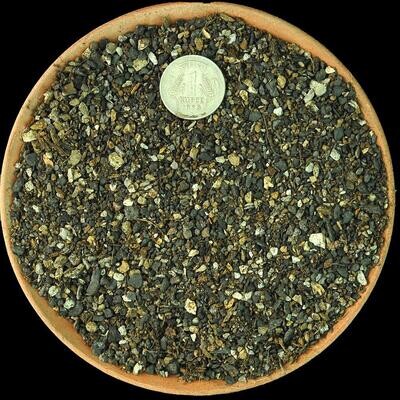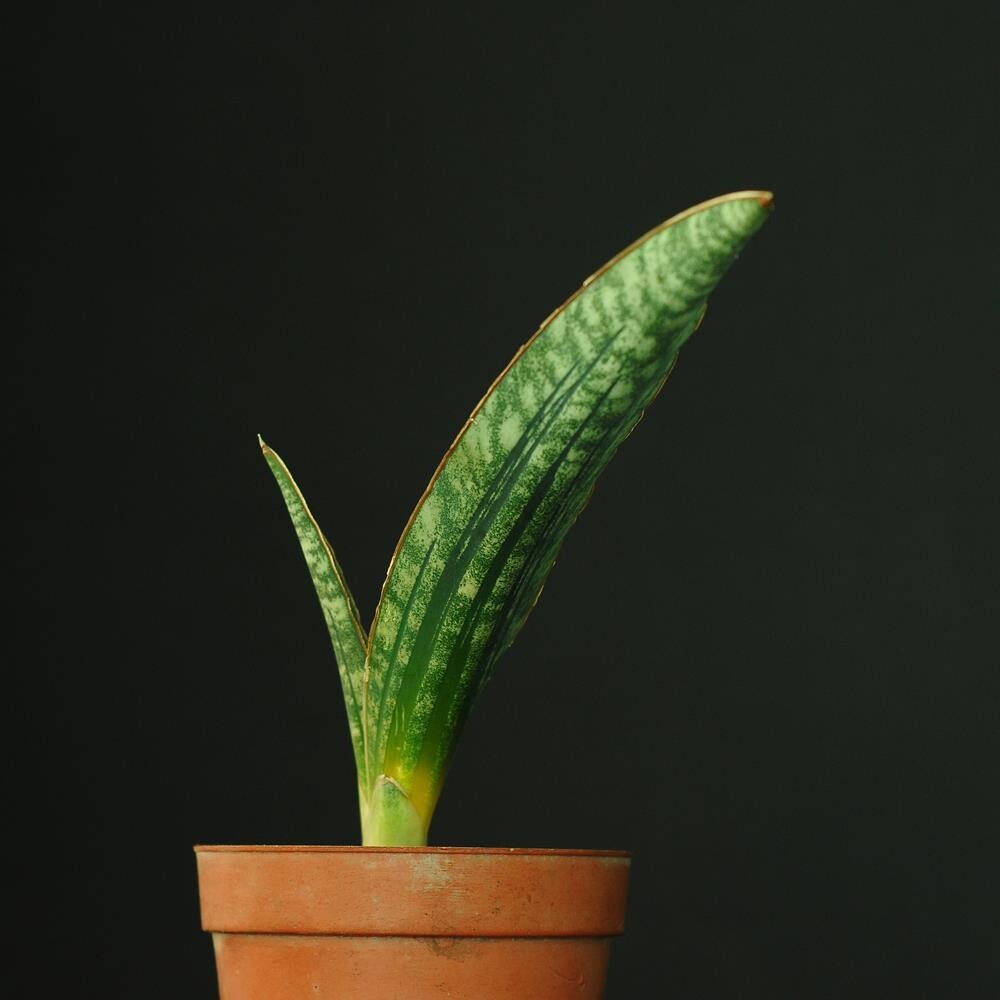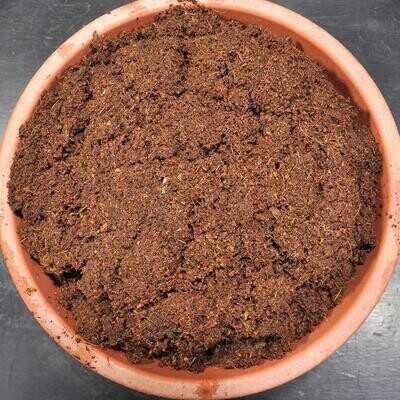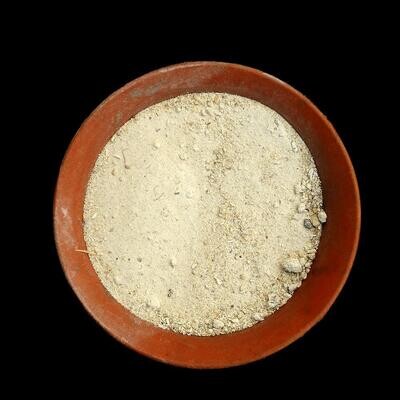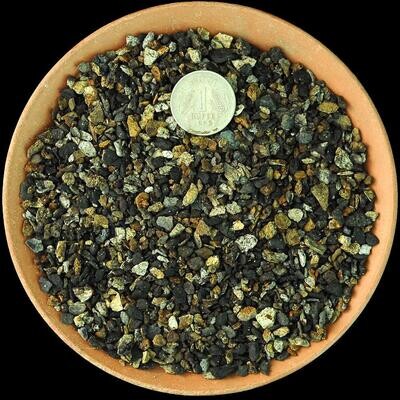Please check the Shipping Updates Page for information on shipping.
Sansevieria hallii
Origin of Name
The genus name Sansevieria honors Italian scientist and inventor Raimondo di Sangro (1710–1771), Prince of San Severo. The genus was originally named Sanseverinia by Vincenzo Petagna in 1787, to honor his patron Pietro Antonio Sanseverino, Count of Chiaromonte (1724–1771), in whose garden Petagna had seen the plant. In 1794, Carl Peter Thunberg used the name Sansevieria. It is not clear whether Thunberg's name was intended to be new, or was a typographical error for Petagna's name. "Sansevieria Thunb." is a conserved name in the International Code of Nomenclature for algae, fungi, and plants, notwithstanding arguments that the author should be given as Petagna It was collected originally in East Zimbabwe in 1957 at Birchenough Bridge by Harry Hall.
Anyway molecular studies have placed it in Dracaena! 🙂
Technical Description of Plant
Sansevieria hallii, commonly known as "Baseball Bat Sansevieria" or "Hall's Sansevieria," is a striking succulent known for its unique, cylindrical leaves. This slow-growing species forms solitary or sparsely clustered leaves that are upright and can reach several feet in length. The leaves are dark green, sometimes with light green transverse bands or mottling, and have a smooth, leathery texture. The leaf tip may be pointed or rounded, giving it a resemblance to a baseball bat, hence one of its common names. Sansevieria hallii blooms are rare in cultivation, but when they occur, they produce delicate, fragrant white flowers on a spike-like inflorescence.
Origin of Plant
Sansevieria hallii is native to southern Africa, particularly found in rocky and arid regions. It has adapted to survive in harsh environments with minimal water, making it an exceptionally drought-tolerant plant. This species is a part of the diverse flora of the African continent, where Sansevierias have evolved a wide range of forms and adaptations.
Conservation Status
As of the latest assessments, Sansevieria hallii does not have a specific conservation status listed in major global databases. However, like many succulents and Sansevieria species, it could be susceptible to threats from habitat loss, over-collecting, and climate change. Sustainable cultivation and propagation in controlled environments are crucial for the preservation of these plants.
Care Instructions
Sansevieria hallii thrives in bright, indirect light but can tolerate lower light conditions, making it versatile for indoor cultivation. It prefers well-draining soil mixes, specifically formulated for succulents or cacti. Water sparingly, allowing the soil to completely dry out between waterings, and reduce watering in the winter months to prevent root rot. This species is relatively tolerant of a range of humidity levels and temperatures but should be protected from frost. Fertilize lightly with a succulent-specific fertilizer during the growing season to support health and growth.
